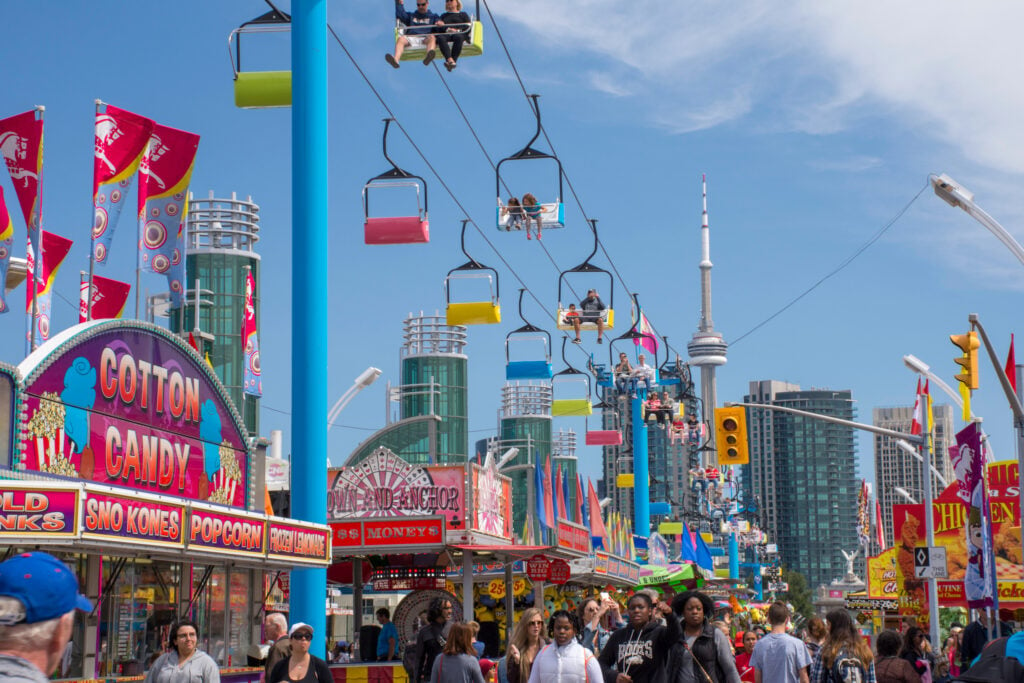- Canada’s hotel industry achieves its highest occupancy level since August 2019, driven by major events and increased travel demand.
- Manitoba leads with significant gains in occupancy, ADR, and RevPAR, while Quebec sees a slight dip in occupancy.
Canada’s hotel industry has experienced a remarkable resurgence, reaching its highest occupancy level since August 2019. According to July 2025 data from CoStar, a leading provider of commercial real estate information, the national occupancy rate hit 77.6%, marking a 3.0% increase from the previous year. The average daily rate (ADR) rose to CAD248.50, a 5.3% increase, while revenue per available room (RevPAR) climbed by 8.5% to CAD192.75.
Provincially, Manitoba emerged as a standout performer, recording the highest increases across all key performance metrics. The province saw its occupancy surge by 14.8% to 80.9%, ADR rise by 14.5% to CAD180.01, and RevPAR leap by 31.5% to CAD145.71. In contrast, Quebec was the only province to experience a decline in occupancy, dropping by 1.2% to 75.7%, although it still posted gains in ADR and RevPAR.
Among major markets, Ottawa-Gatineau recorded the largest occupancy increase, up 6.5% to 74.4%. Toronto is also gearing up for a busy period, with several major events slated for August and September. The city is seeing a significant boost in bookings, with occupancy levels for the Oasis concerts on August 24 and 25 reaching 75.1% and 68.4%, respectively—over 20% higher than the same period last year. Additionally, the Toronto International Film Festival is expected to draw large crowds, with bookings for the first two nights of the event up nearly 20% compared to last year.
This upward trend in hotel occupancy and revenue highlights the strong recovery of Canada’s travel and hospitality sectors, buoyed by increased tourism and major events.








![21st Aug: Hostage (2025), Limited Series [TV-MA] (6/10)](https://occ-0-1774-448.1.nflxso.net/dnm/api/v6/Qs00mKCpRvrkl3HZAN5KwEL1kpE/AAAABcnzqNn9xwhlvIo36tMAdbuwfmXExhqm9QGnirO6rYJrsoalLEY5ncEz4pdeUkTOsKtbrOJLCwDXYYmfULVw3GynVF_3RCnohPcdgP4ZrdCu0gdRhB23TWJVU2Hcjc9J-areQImCDV2ptMoUAD6SUoZCdnyWEVFE96TmXa7rI1-1LcwehcYKKg7gF0e_TJ09aPOEwCBJUQ.jpg?r=cd1)







